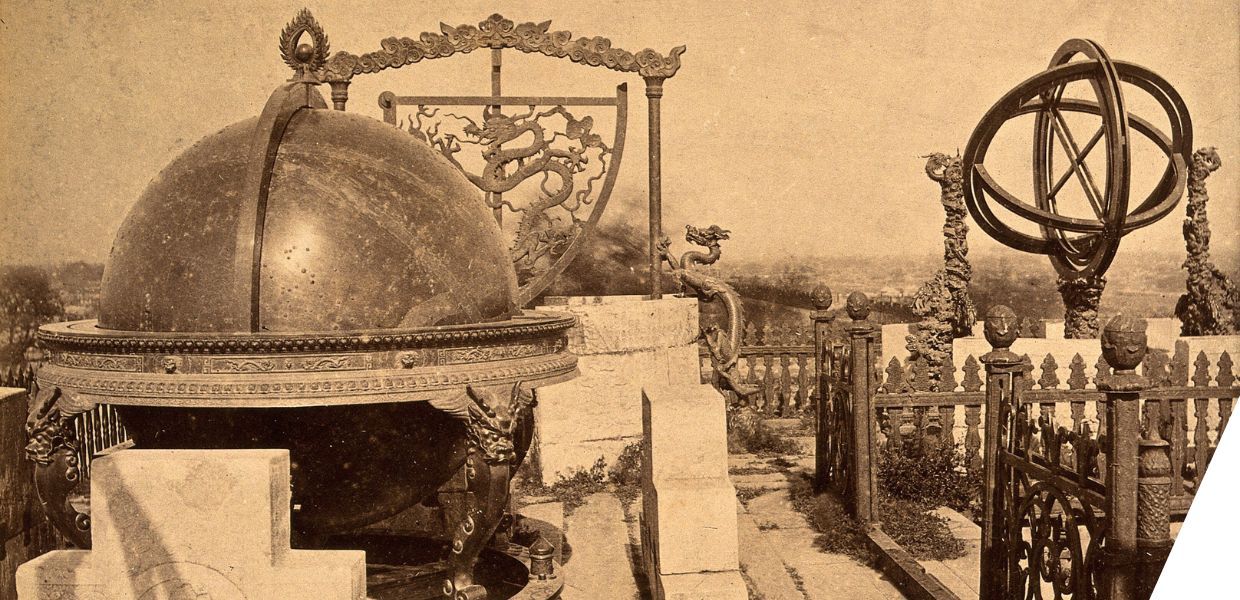Futuring, future scenarios development and strategic foresight are all terms that are connected to the strategic study of how the future will develop. They are methodologically sound ways of looking at the future to inform planning, with the goal of increasing an oragnisation’s preparedness and ability to react, and increase its sense of agency to proactively shape the future. The approaches are based on the identification and analysis of trends that we already see around us today.
In early 2024, the Europeana Initiative, guided by independent expert Lauren Vargas (Your Digital Tattoo), launched a strategic foresight process. Our goal was to explore possible futures and use what we learned to set out our priorities and vision for the years ahead. Over 100 peers from the Europeana Initiative, partners and sector experts were invited to contribute to a PESTLE analysis and future scenario development workshops. This expertise was hugely valuable to the process and we are sharing what we learned to strengthen future-preparedness in the cultural heritage sector and beyond.
What we did
Guided by Lauren Vargas (Your Digital Tattoo), we started with a preliminary mapping and analysis of large scale, external Political, Economic, Social, Technological, Legal and Environmental (PESTLE) factors. In parallel, we conducted a literature review, further consolidated by a review of Lauren’s futures library (a curated collection of resources, methods, insights, frameworks, scenarios, trends, signals, drivers of change that help explore and anticipate possible futures). We then held workshops in which participants categorised the identified factors by their level of impact and their uncertainty. The activities helped participants consider and shape the new possibilities of/for a common European data space for cultural heritage and the implications for the Europeana Initiative as a ‘data space steward’ in these futures. A series of key uncertainties were identified which helped to shape three future scenarios. These were assessed and evaluated in terms of preparedness and possible adaptation strategies for each potential future.
What we learned
Despite their diversity, and some more concerning or unwelcome developments, in each of the future scenarios, the Europeana Initiative has the potential to build on our existing principles and values to uphold its position as a trusted partner and steward. We expect funding, big tech dominance, immersive technology, green infrastructure and cyber security to stay high on the agenda in terms of the uncertainty in these areas and their potential impact on our work. We see a need for the continuous development of the professionals in our sector, particularly around specialised skills and community stewardship. We need to be able to respond to the challenges and potentials of AI with a strong strategy and advocacy position and by upholding a value-based and human-centred approach. Regulatory challenges, funding issues, technological barriers and privacy will be important issues as we move forward.
There are also a number of differences across the three future scenarios that we developed. Opportunities and challenges are there even in the most ‘pessimistic’ and ‘optimistic’ scenarios. In each, we see different issues coming to the fore. This has practical implications for our planning: how would we respond to each of these issues, like public-private partnerships, the dominance of decentralised platforms or an increased reliance on philanthropy, in how we are working now and in the possible futures which might emerge?
Can I influence the future?
Agency is an important topic. More than half of participants felt negatively about the future and many felt that they had no agency to influence future developments. We saw a focus on current challenges, and saw how we and our network struggle to think beyond the many challenges we currently face to look at the long-term future picture. Similarly, it was challenging for people to assess our readiness in each scenario - how to think about how we will operate in such an environment and importantly, what has to change for us to get there.
With the data space offering new opportunities to our sector and wider network, we recognised that we need to make sure that everyone knows what this means and how they can get involved. Thinking so far in the future is quite difficult when there are still questions about its current purpose and mission. This highlighted even more for us how important it was to work towards a shared vision for the common European data space for cultural heritage in the long-term.
What this means for you
We are publishing the main outputs of the process to say thank you to all those that contributed and also to share the wider learnings across the sector. We see a need and an opportunity to increase futures literacy across the sector - and within the Europeana Initiative. We’ll be thinking further on how to contribute towards this over the next months, while recognising that we’re not the only ones working in this area.
While we each may have different preferences as to how the world should develop, considering many relevant and preferred actions and responses allows us to actively shape our futures rather than passively letting them unfold. Thinking about this as a sector helps us to create a diverse yet inclusive vision and plan of action where we, together, can have more agency and influence.
Find out more
Read the report (also available to download below) to find out more about the futuring exercise undertaken by the Europeana Initiative. If you are interested in exploring these themes with us in the years ahead email impact@europeana.eu and join the Europeana Network Association’s Impact Community.


